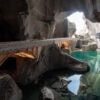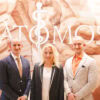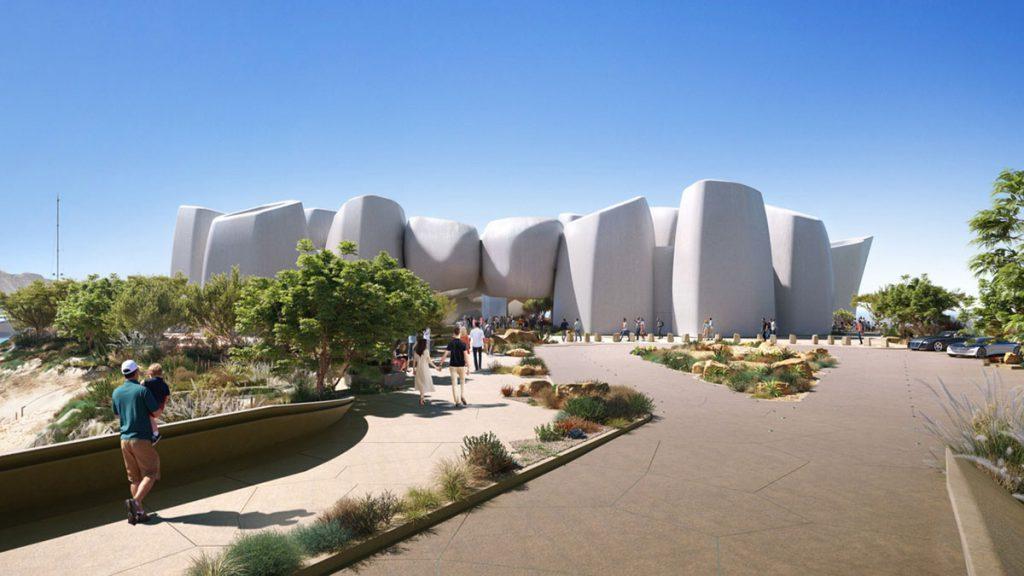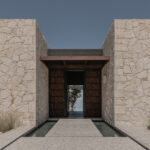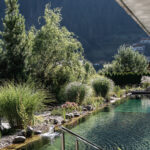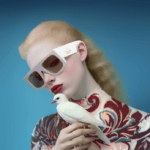Foster + Partners have presented the designs for the Marine Life Institute. An architectural masterpiece that is to be built on the north-west coast of Saudi Arabia.
An ultra-luxury holiday destination in a nature reserve – sounds paradoxical at first, doesn’t it? Amaala is being built on the north-west coast of Saudi Arabia, on the Red Sea. Once completed, the project will be divided into three areas. Each area will focus on recreation, health and sustainability. Foster + Partners has now presented the design for the Marine Life Institute in Saudi Arabia.
Fascination Amaalas
The Triple Bay Marina will be one of Amaala’s three main areas. Unspoilt nature, a coastline full of coral reefs and sea creatures cavorting around a shipwreck are waiting to be marvelled at. In addition to the fascinating nature, a fascinating building will also be constructed here. A futuristic sensation that blends almost seamlessly into the surroundings and complements the local flora and fauna. The Marine Life Institute, designed by London architects Foster + Partners.
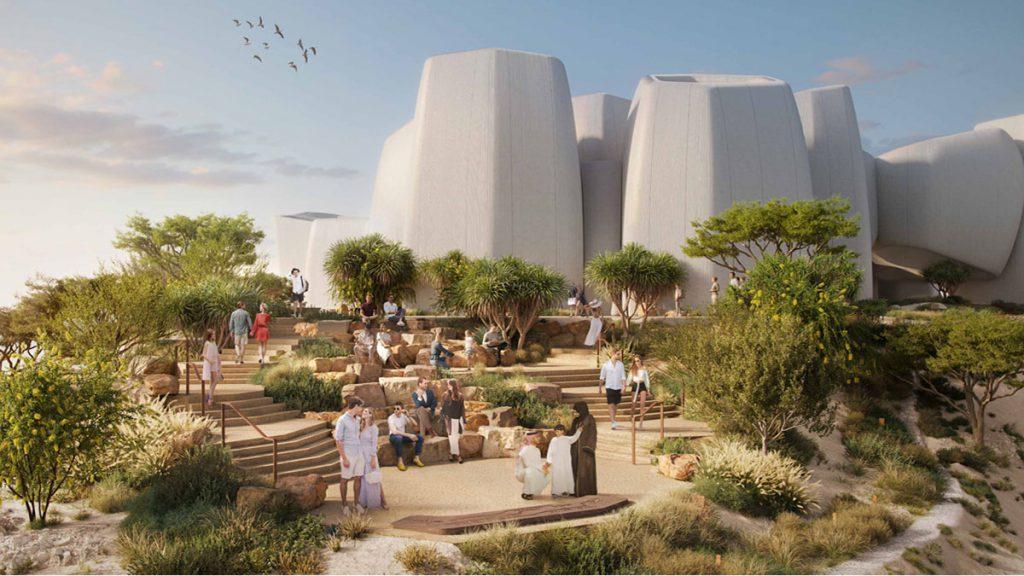
The project not only aims to raise awareness of the luxurious destination on the Red Sea coast and pop up on the travel plans of jetsetters, but also to create a research centre, laboratories, galleries and educational spaces that will bring future visitors closer to the coastal marine environment. Visitors will be able to experience the sea on three levels, above ground, underground and underwater – an architectural masterpiece by Foster + Partners.
New access options
The architecture of the building integrates the exhibition elements and thus illustrates the journey through the Red Sea – from the shallow mangroves and sandy beaches to the large coral reef. Visitors are treated to an impressive spectacle when they descend through the building into the ocean.
At the heart of the building is a hemispherical tank that makes native marine animals visible to non-divers in a coral exhibition. Thanks to the impressive architecture, visitors can actually observe the underwater world underwater. Attention has been paid to the finest details to make the experience complete. For example, the lighting throughout the building was designed using an innovative frame that protects the night-time environment from light pollution.
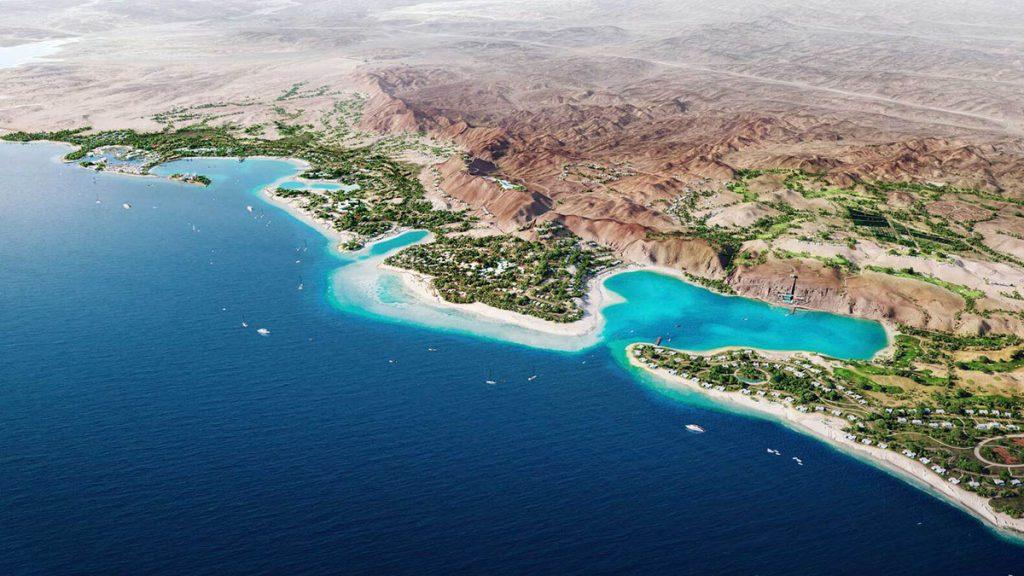
Merging reality and virtual reality
A real, immersive experience that shows visitors completely new approaches to an exhibition. What appears to be virtual reality becomes real reality. Guided underwater tours through the Red Sea in submersibles, snorkelling with rare species, experiencing one of the largest man-made reefs up close. Immersive exhibition rooms and a coral exhibition in the building. It seems as if the possibilities for experiencing the sea are as limitless as the sea itself. Literally dive into another world, in a unique place crowned by unique architecture.
The building itself, modelled on a coral, blends elegantly into its surroundings. Panels made of GRC concrete form the structure, which not only visually echo the style of a coral, but are also robust enough to withstand the marine environment. The supporting steel frame for the panels in turn forms a central canopy that spans all four clusters of the building, providing shade and ventilation. Almost half of the site, around 40 %, is planted with native plants. A system for collecting run-off water prevents erosion and pollution and also reduces the building complex’s water consumption.
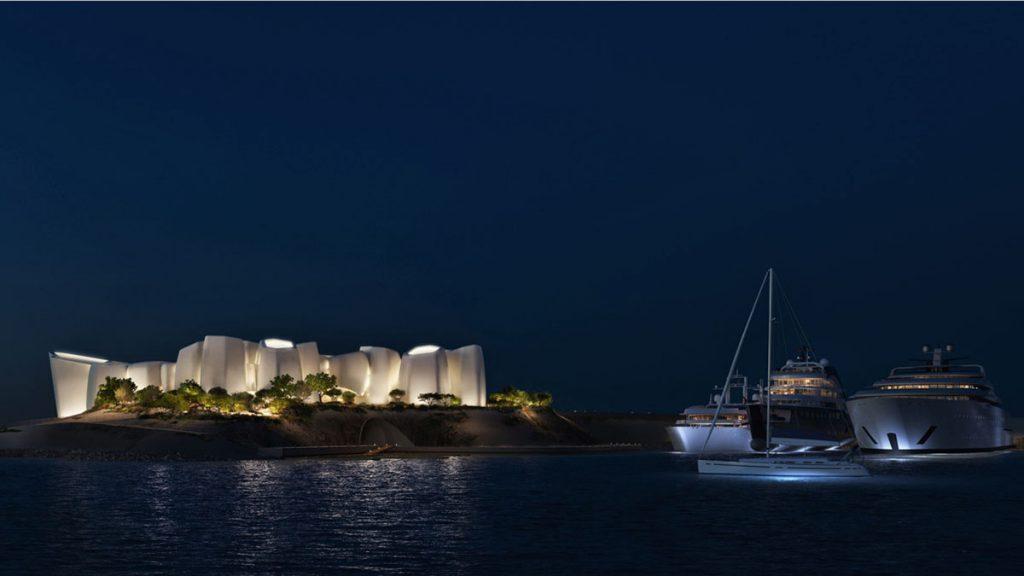
Humans and nature
Foster + Partners are thus following the rules of sustainability and paying attention to the nature conservation of the ultra-luxury destination. Triple Bay Marina is home to natural diversity, historical heritage and one of the most unspoilt marine ecosystems in the world. It seems as if the architectural complex is designed to fit in and adapt to the local environment. Complementing nature on land and underwater, while giving people access to the marine world.
Text: Eva Schroeder
Bilder: Foster + Partners



